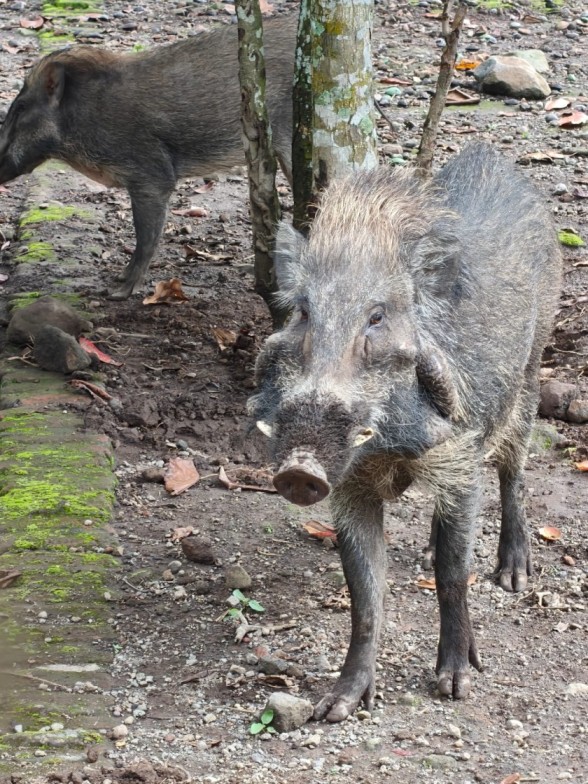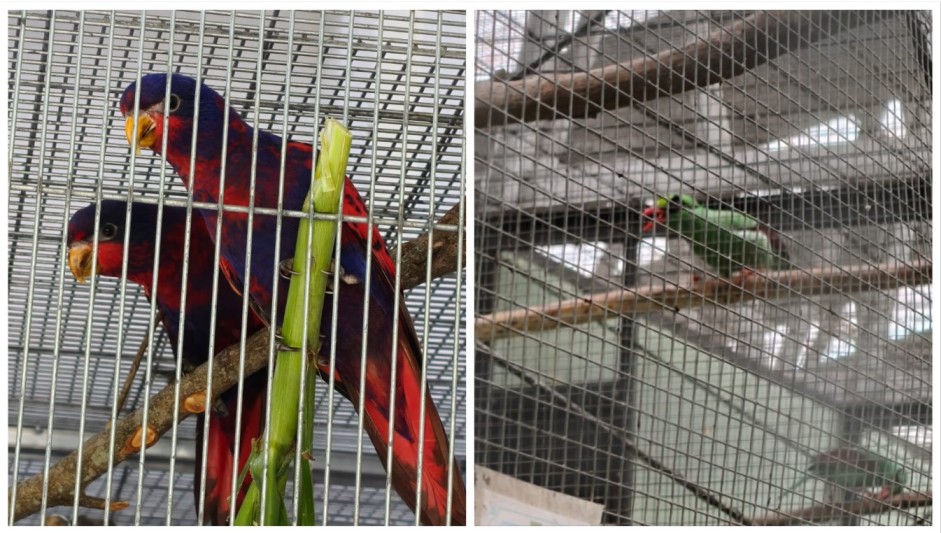Natural graphite demand to increase by 154 percent annually

Jakarta (Indonesia Window) – American electric vehicle Tesla has published data showing an estimated 154 percent increase in demand for natural graphite every year, making this carbon-composed mineral the most sought-after mineral in the future.
In a written statement received by Indonesia Window here on Tuesday, the Coordinator of the Research and Development Group for Coal Processing and Utilization Technology at the Indonesian Ministry of Energy and Mineral Resources, Slamet Handoko, explained that graphite is the main raw material for battery anodes commonly used in electronic equipment, such as cell phones, laptops and electric vehicles.
The material is high performance and has a fast-charging capacity and a long life.
Currently, about 83 percent of the world’s natural graphite supplies come from China and Brazil. However, not this type of graphite can be used for battery anodes, as it depends on the purity and quality of the crystal size.
To fulfil the demand, synthetic graphite is made which have a purity and homogeneous crystal size.
The conventional process of making synthetic graphite from petroleum is still high-cost, reaching 10 times the cost of processing natural graphite.
Although the price of synthetic graphite skyrockets, the proportion of this material for battery anode has not decreased.
Therefore, to reduce production costs, synthetic graphite is usually mixed with processed natural graphite (spherical graphite).
“As of 2014, the proportion of synthetic graphite has reached 33-40 percent and is predicted to continue to increase in line with the increasing demand for electric car batteries,” Slamet said.
Indonesia has very abundant low-rank coal and a large enough potential to be used as a carbon precursor in battery anodes manufactures.
In general, coal produces hydrocarbons when burned with oxygen and produces heat.
In general, burning coal with oxygen produces hydrocarbons and heat.
If the coal is heated in the absence of oxygen, hydrocarbons will be obtained in the form of coal tar which can be further processed into pitch.
The process of making coal tar is known as pyrolysis, while the processing of tar into pitch is usually done through distillation.
However, not all parts of the pitch can be made into synthetic graphite, as it needs to be modified and extracted using a solvent.
Only about 30-40 percent of the pitch can be extracted, and then can be used as a carbon precursor for synthetic graphite manufactures.
The extracted product is often referred to as mesophase pitch, because it contains 100 percent carbon, which can be converted into graphite.
Reporting by Indonesia Window

.jpg)








